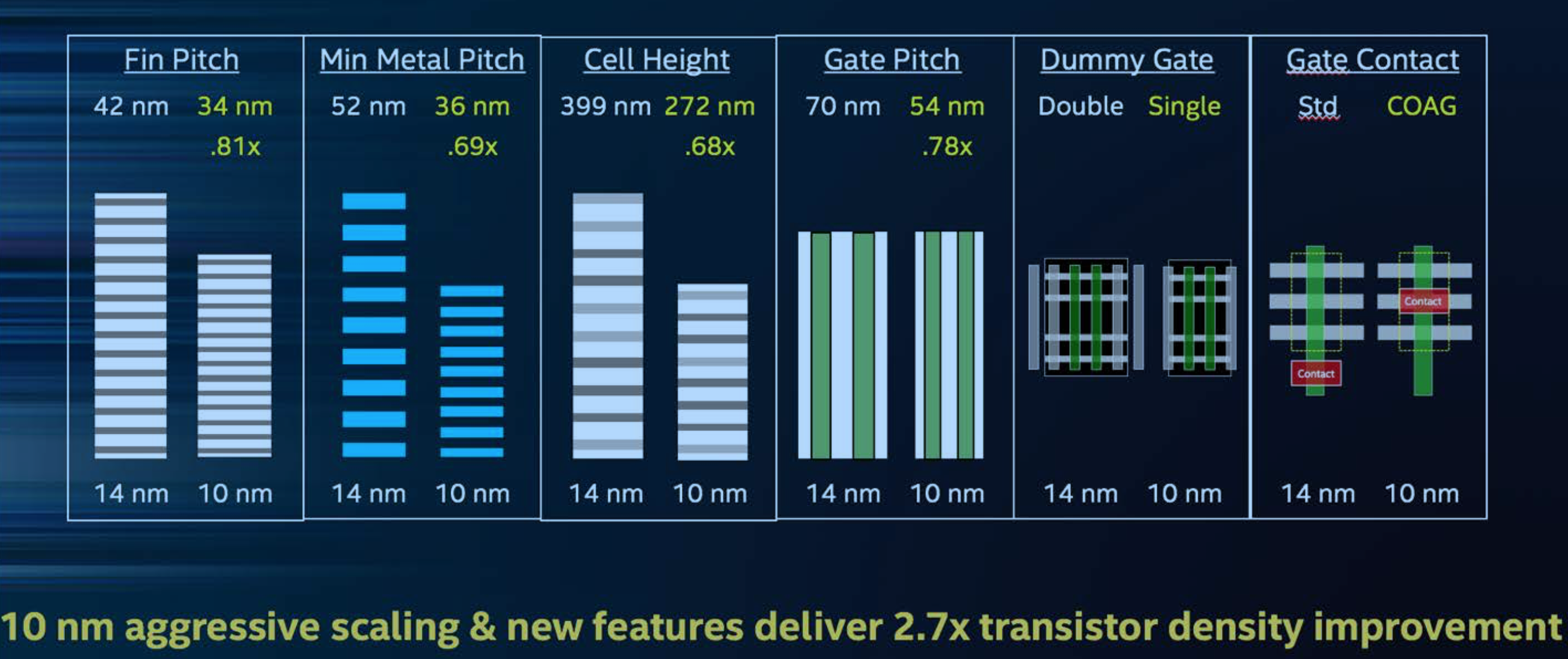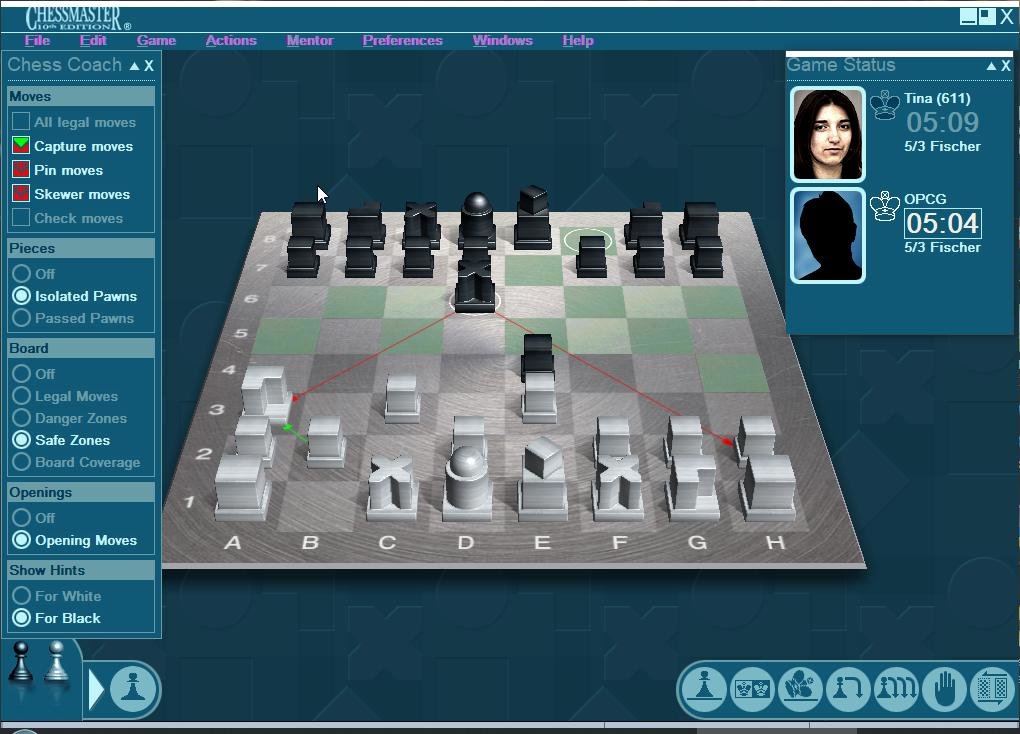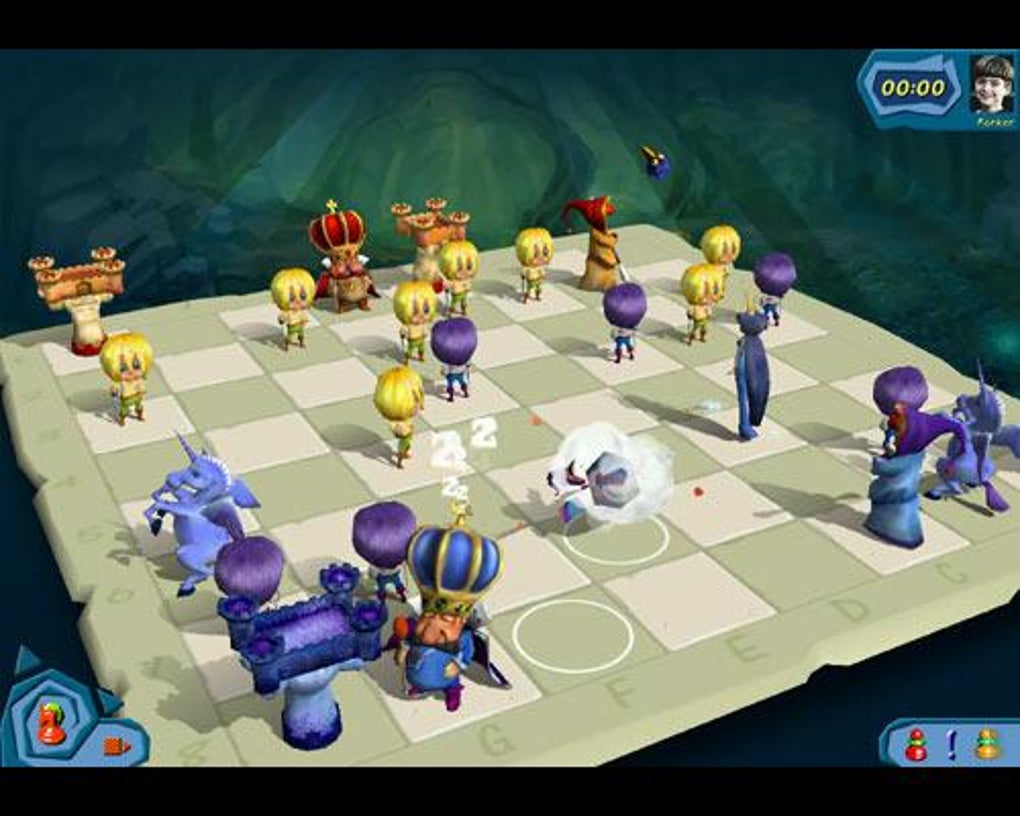
- Chessmaster 10 using 100 percent cpu install#
- Chessmaster 10 using 100 percent cpu code#
- Chessmaster 10 using 100 percent cpu Pc#
- Chessmaster 10 using 100 percent cpu windows#
But if you don't recognise the file name, Google it for more information.Īnd the second part of the address, everything between ! and +, tells us the function that the thread is calling. The name here very obviously tells us where it's come from, so if this thread were causing problems then we might disable the addin, or uninstall iTunes.
Chessmaster 10 using 100 percent cpu code#
The first part of this address, everything up to the !, tells us the file containing the code that the thread is running. Now this area of Process Hacker is aimed at programmers, so there are no concessions to ease of use here, but as long as you know the basic rules then you may still be able to extract some useful information.ĭRIVER PROBLEMS: Could your 100% CPU issue be caused by a buggy driver? DriverEasy will help you find updatesĪn Outlook thread start address might look like this, for instance: "iTunesOutlookAddIn.dll!DllUnregisterServer+0x1a6c2". Look at the most active threads, then check the "Start Address" to see what they're doing.

This shows you every thread the program has open, everything that's actually running some code, along with the number of CPU cycles they're using.

The next time the process goes rogue, reduce its priority and affinity settings, as we recommended earlier, then launch Process Hacker, and locate and double-click the errant application for a closer look.Ĭlick the Threads tab. If none of this produces an answer then Process Hacker may again be able to help.
Chessmaster 10 using 100 percent cpu windows#
Or, if it's a Windows component, try searching at. If you discover it belongs to a particular application you've installed, visit the author's website looking for answers, or perhaps try uninstalling, reinstalling or updating the program. It's also a good idea to identify the author of your troublesome process, too, if you've not done so already. And check Device Manager and the Windows Event Viewer for errors that might reveal an underlying issue. Head off to Google, enter your process name, and keywords like CPU 100, just to see what comes up. If your process problems are the result of a bug, then someone has almost certainly experienced, and probably solved it before. And there are plenty of routes you might take.

If there's no hint of viruses or bots, though, you'll need to look elsewhere.
Chessmaster 10 using 100 percent cpu Pc#
And in the meantime, treat this PC as compromised: disconnect it from the web, and don't use it to access banking sites or do anything else faintly sensitive.
Chessmaster 10 using 100 percent cpu install#
Try your antivirus package again in a day or two, when maybe an update will help to recognise it, or perhaps download the trial versions of some other packages (though don't install more than one at a time). And the priority is to get it cleaned up. If, at the end of this, you also find signs of malware, then you've probably found the cause of your "CPU 100% problem". We can't tell you exactly what this might be, but in the case of our svchost.exe infection, for instance, we found a URL something like "fairly conclusive evidence that we'd been hit by a brand new specimen of malware.įIND MALWARE: Process Hacker can search a process's RAM, helping to identify malware Scroll down the list of everything it finds, looking for anything suspicious. Now click String Scan, and Process Hacker will scan every byte of the processes' RAM, looking for text strings: web addresses, file names, messages, whatever they might be.

Switch back to the Processes tab, double-click the dubious process and click the Memory tab. If you find your buggy process has a connection open to an address that you don't recognise, and you're not sure why, then that could mean it's malware. Pay particular attention to any with an entry in the Remote Address column that looks like an internet address (that is, not something local like "127.0.0.1"). Now click the Network tab, which shows all the network and internet connections that may be open right now.


 0 kommentar(er)
0 kommentar(er)
